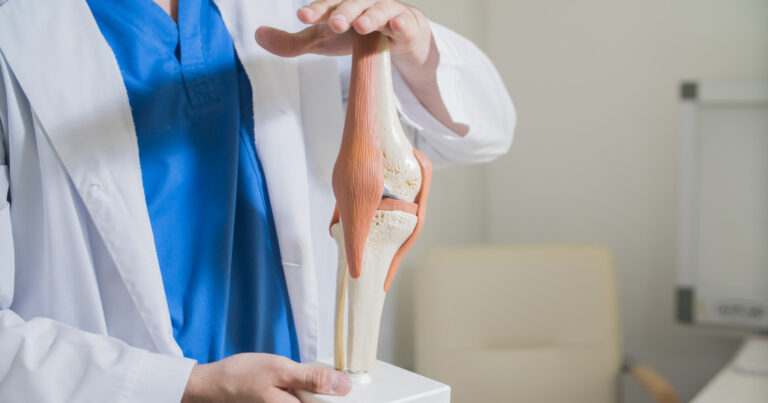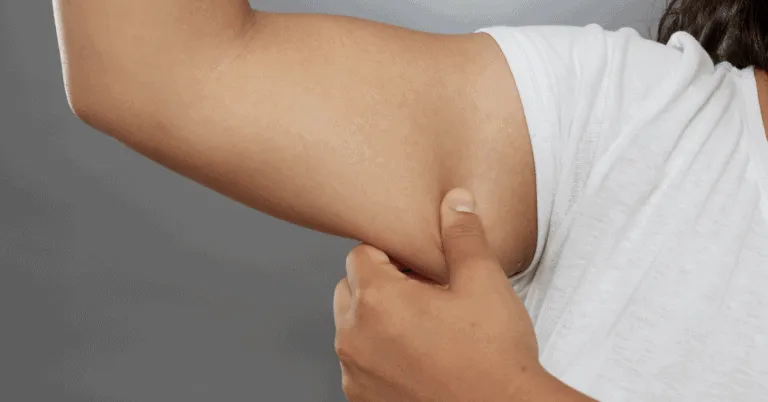The Importance of Rest
This post may contain affiliate links, including from the Amazon Services LLC Associates Program, meaning I receive a commission for qualifying purchases made through these links, at no cost to you. Read my full disclosure for more info.
When first trying to get into the habit of regular exercise it can be tough to muster up the motivation needed to do just one round of your planned exercise routine. Once you get going on an exercise routine, however, you may find yourself wanting to exercise all the time potentially neglecting the importance role rest and relaxation plays in your health.
This is why it is important to remember that a fundamental part of exercise is the rest. Your body needs time to recover from an intense exercise session and without time put aside to rest and relax your muscles can get burnt and you could possibly end up injured.

Get Enough Sleep
The National Sleep Foundation recommends that adults get between 7 to 8 hours of sleep. Teenagers should be getting between 9 and ten hours. Our bodies require sleep for restorative and repair purposes.
Sleep is an essential portion of the rest time in-between workouts: it’s when your body will do most of its actual muscle growth so ensure you are getting at least 7 hours of full sleep, don’t count the time you spend tossing and turning trying to fall asleep.
Take Entire Days Off
Taking days off in-between high intensity workout is an important part of muscle development and significantly lowers risk of over-training related injuries. For many people, including myself, rest days can be frustrating when first starting out. You feel like you aren’t doing anything to work toward your goal and you start wondering what the risk is so you end up back in the gym (possibly twice in one day).
Unfortunately, as muscles may be sore even if you don’t feel it, this can lead to injury. Also since you aren’t in optimum condition you’re not lifting as much as you usually could. The importance of rest can’t be understated, in fact if your muscles are sore its better to take an additional rest day than to risk over-training them.
Water. Water. And More Water.
You need to get more water into your diet. Two liters a day is the recommended amount of water for an adult, which can be comfortable broken down to eight 8-ounce glasses of water each day or approximately four 500 ml bottles of water.
keep water to a 5 liter maximum, over 5 liters of water a day can be detrimental in some cases
Pamper Your Sore Muscles
Do you remember in The Matrix, when Keanu Reeves’ Neo first gets unplugged from the Matrix and he’s having trouble seeing and he asks ‘why do my eyes hurt?’ Morpheus says, ‘because you’ve never used them.’
The same is true for the muscles in your body.
If you don’t have much experience being physically active, or haven’t been active in a few years one of the maybe-unexpected results of beginning a fitness routine is going to be the recovery period.
To understand what causes muscle soreness we need to know how muscles develop and grow.
When you exercise your muscles are pushed harder than usual. This causes tiny microscopic tears in the muscle fibers. In order to repair this damage your body sends in white blood-cells, anti-inflammatory resources, and other nutrients. This is all part of the normal process of growth (referred to as anabolism), and is not all that different from the type of soreness children sometimes experience (then referred to simply a ‘growing pains’). The increase of white blood-cells causes the added sensitivity which makes our muscles ‘sore’.
As this type of muscle soreness tends to appear a day or so after the workout which caused it, it is known as Delayed Onset Muscle Soreness or DOMS for short. This type of soreness does not require medical attention and is completely normal. As your body adjusts you will experience this next-day soreness much less.
The soreness can be annoying but also helpful in that it reminds you your body needs rest. Once you get used to regular exercise and you experience DOMS less frequently do not mistake this for no longer needing to take rest days, your muscle tissues are still following the same natural process of growth and recovery, and thus still benefit greatly from adequate rest periods.

How To Care For Sore Muscles
WARM BATHS
Soaking in a nice warm bath can be very soothing for muscle, add some EPSOM salts to the bath for some added reduction in muscle discomfort.
MASSAGE
A well-performed massage from a practiced masseuse can help alleviate muscle soreness.
TAKE ANTI-INFLAMMATORY SUPPLEMENTS
An Omega-3 capsule before bed can be an effective way in minimizing muscle soreness; it improves blood-flow allowing white-blood cells to move with more ease. Always consult a physician if you have any concerns regarding taking a supplement. If you have a fish allergy, something like flax-seed oil may be an alternative for you but check with you doctor first.
USE A FOAM ROLLER
Using a foam roller to ‘roll out’ your muscles post-workout and/or while they are sore can be helpful as either an alternative to a masseuse or simply an additional method of caring for your muscles.
The actual process of foam-rolling sometimes feels a little rough and can take some getting used to.
IN CONCLUSION
When you combine regular exercise with rest and follow a balanced diet plan that has adequate sources of nutrients like protein, zinc, and iron your muscles are given amazing conditions to be strong and healthy, significantly minimizing the chance of sustaining injuries as you age.
The benefits of exercise go well beyond achieving your weight-loss and fitness goals. You’ll feel healthier, more energized, and more confident after getting into an exercise routine that you like but you should never forget the importance of rest and relaxation and its role in living a healthy balanced life.








